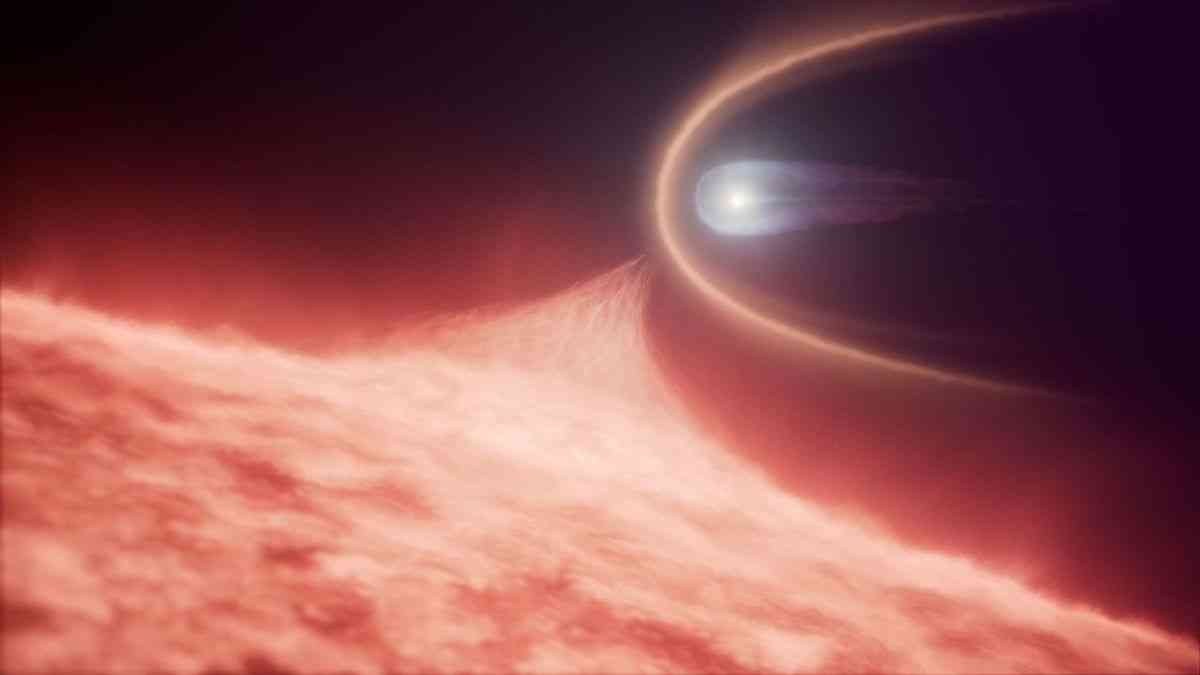Truth & Goodness
4,000 Space Mirrors Could Light Up Earth. Is It Day or Disaster?
04 December 2025

For years it looked like an ordinary dying star. Now the Hubble Space Telescope has revealed that this object — just 128 light-years from Earth — formed in a stellar collision between two stars. The discovery reshapes our understanding of how Sun-like stars evolve.
Sometimes astronomy demands a fresh look at familiar objects. Recent findings are a case in point: an international team has shown that even the brightest stars can hide a dark past. Can a head-on crash between two stars produce a third, even more massive object?
“This discovery underscores that things may not be what they seem at first glance,” explains Boris Gaensicke of the University of Warwick, a Hubble program scientist. The star in question is WD 0525+526, located about 128 light-years from Earth — relatively close on cosmic scales. “It looked like a normal white dwarf, but Hubble’s ultraviolet observations revealed it had a very different history than we might have expected,” Gaensicke adds in a NASA press release.
A white dwarf is an Earth-sized, ultra-dense stellar remnant — the end state for stars not massive enough to explode as supernovae. Our Sun faces that fate in about 5 billion years. This target appeared to be another routine example, but its true story is far more complicated.
In theory, a white dwarf can reach up to about 1.4 times the mass of the Sun, and heavier specimens do turn up. These ultramassive objects can form either from a single massive star’s evolution or from the merger of a white dwarf with another star.
WD 0525+526 weighs in at roughly 1.2 times the Sun’s mass — about 20 percent more massive than the Sun. In visible light, its spectrum looked normal. Only Hubble’s ultraviolet view uncovered carbon in its atmosphere — an unexpected ingredient that betrays a turbulent past.
Typical white dwarfs have atmospheres made of hydrogen and helium. Carbon in the spectrum points to a more violent origin: either a collision of two white dwarfs or a white dwarf merging with a subgiant star. “Hubble’s COS (Cosmic Origins Spectrograph) is the only instrument capable of delivering the high-quality ultraviolet spectroscopy needed to detect carbon in this white dwarf’s atmosphere,” says lead author Snehalata Sahu of the University of Warwick.
You might like to see What Is a Quasi-Moon?
This object stands out even among the rare remnants born of stellar smashups. With a temperature near 21,000 kelvin and a mass about 1.2 times the Sun’s, it is hotter and heftier than other known cases.
The finding raises a bigger question: how many seemingly “normal” white dwarfs are actually products of catastrophic mergers? “We want to expand our survey to learn how common carbon-rich white dwarfs are among similar objects, and how many stellar collision remnants are hiding in the ordinary white-dwarf population,” says co-author Antoine Bedrad of the University of Warwick.
A star once written off as routine now appears to be the aftermath of a stellar collision, just 128 light-years away. As Hubble continues to sift the ultraviolet clues, more hidden merger survivors may surface — and each will refine how we think Sun-like stars live and die.
Read this article in Polish: Miał być zwykłą gwiazdą. Teleskop Hubble’a pokazał coś innego